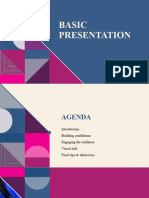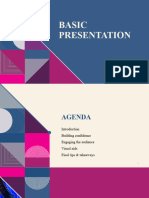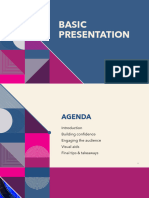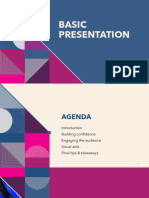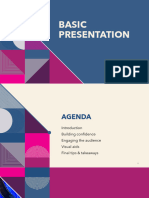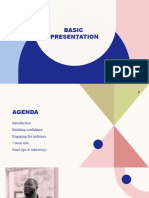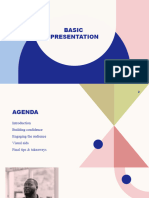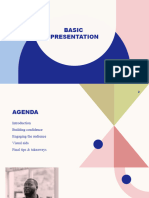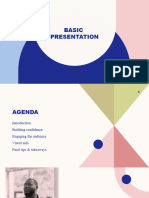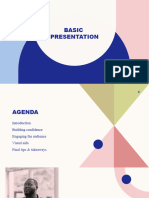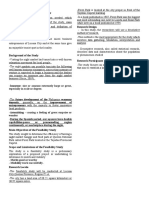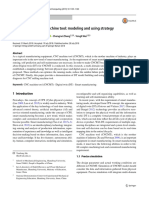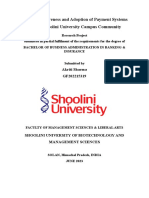0% found this document useful (0 votes)
25 views15 pagesData Science Introduction
The document outlines the importance of data science in decision-making, efficiency improvement, and innovation across various industries. It also provides guidance on effective presentation techniques, including audience engagement, visual aids, and delivery methods. Final tips emphasize rehearsal, feedback, and adapting delivery styles for impactful communication.
Uploaded by
eczhyenaCopyright
© © All Rights Reserved
We take content rights seriously. If you suspect this is your content, claim it here.
Available Formats
Download as PPTX, PDF, TXT or read online on Scribd
0% found this document useful (0 votes)
25 views15 pagesData Science Introduction
The document outlines the importance of data science in decision-making, efficiency improvement, and innovation across various industries. It also provides guidance on effective presentation techniques, including audience engagement, visual aids, and delivery methods. Final tips emphasize rehearsal, feedback, and adapting delivery styles for impactful communication.
Uploaded by
eczhyenaCopyright
© © All Rights Reserved
We take content rights seriously. If you suspect this is your content, claim it here.
Available Formats
Download as PPTX, PDF, TXT or read online on Scribd
/ 15












